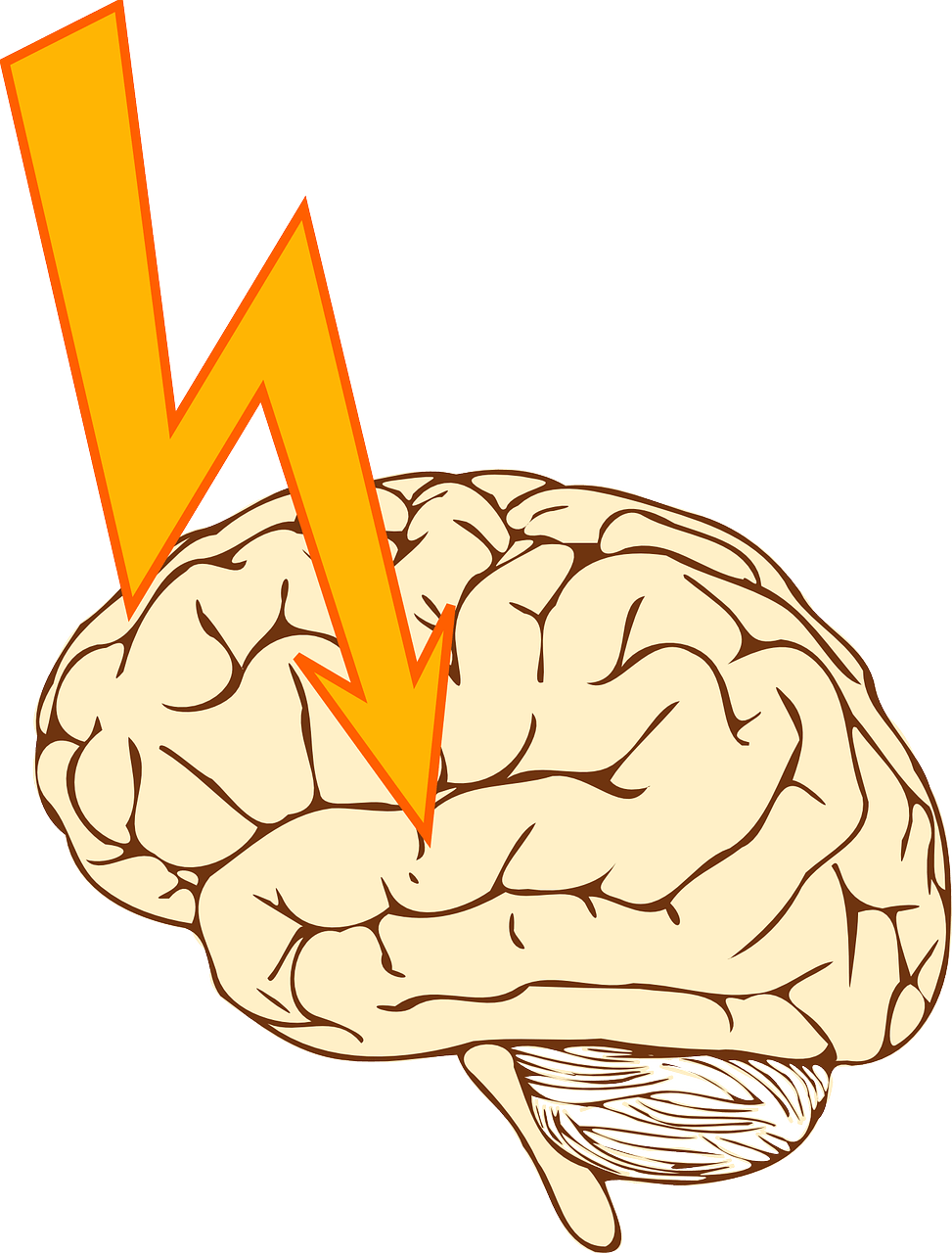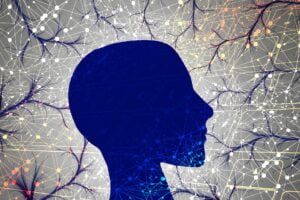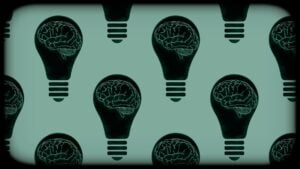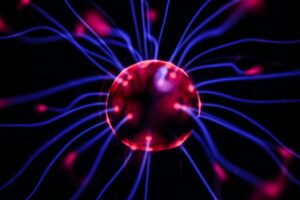Phil Hickey takes an indepth look at how TMS manufacturers influence studies, practices and patients into believing TMS is risk free and helpful when it may not be.
“TMS is a psychiatric treatment that uses a rapidly alternating magnetic field to induce electric currents in the brain. These currents stimulate neurons, causing them to “fire.” When used repetitively, TMS is said to alter the excitability of the brain area that has been stimulated. In the psychiatric field, TMS is being used increasingly as a treatment for depression, particularly with so-called treatment-resistant clients. I Googled the string “TMS + depression” and got 1.35 million hits. So the idea is attracting attention.
One of the abstracts presented at the May 2013 APA annual conference in San Francisco was called A Multisite, Longitudinal, Naturalistic Observational Study of Transcranial Magnetic Stimulation (TMS) For Major Depression in Clinical Practice, by Mark Demitrack, MD, et al.
The abstract was a study of the efficacy of TMS involving 307 depressed participants who had failed to benefit from prior antidepressant treatment. The authors’ conclusions were:
“These data support the view that TMS demonstrates a statistically and clinically meaningful durability of acute response over 52 weeks of follow up. Maintenance of benefit was observed under a pragmatic regimen of continuation antidepressant medication and access to TMS reintroduction for symptom recurrence.”
The abstract also indicated that the study had been “supported by a grant from Neuronetics, Inc.”
The presentation generated some enthusiasm. Medscape ran an article by Caroline Cassels on May 24, 2013, under the headline TMS for Resistant Depression: Long-Term Results Are In. In this article Mark George, MD, a long-term advocate of TMS, is quoted:
“This is great news for our field and for the millions of patients who suffer from depression and do not respond well to medications…”
With regards to formal publication, the study is divided into three parts.”
Read the full article: https://bit.ly/2RmZArW




